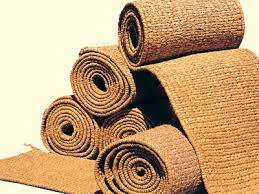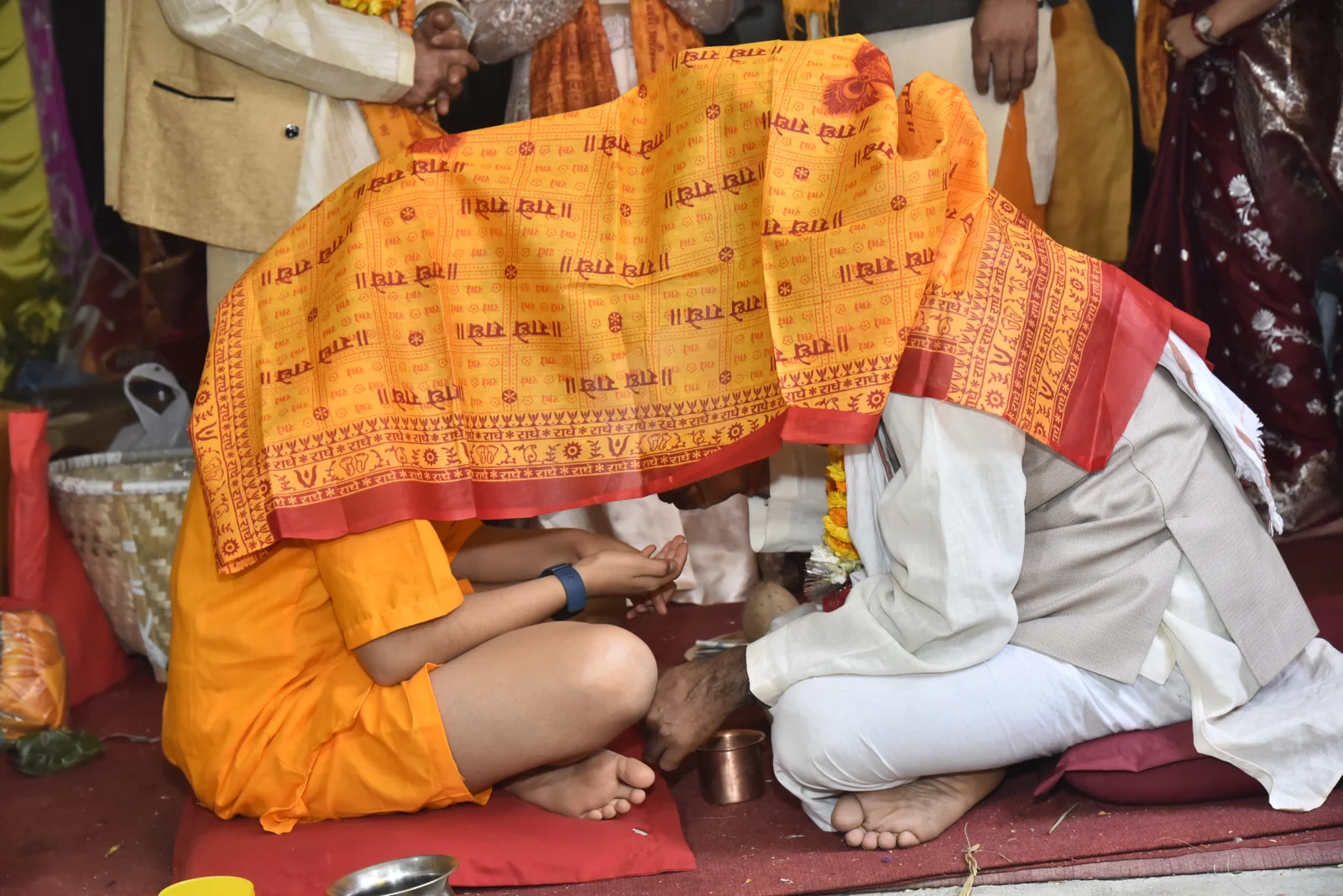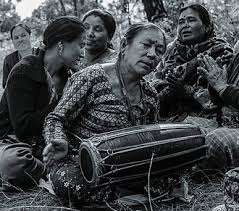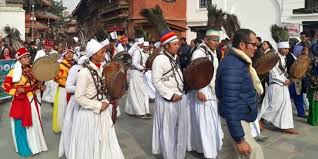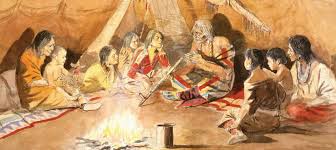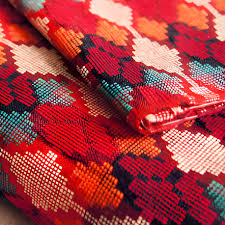Share this Article
Gundri is a traditional Nepali mat made from hand-woven rice straw, cherished for its functionality and cultural significance in rural life. Primarily used as a sleeping bed and sitting mat, Gundri plays an essential role in the daily lives of many Nepalese, particularly in the countryside. The craftsmanship behind Gundri is not just a skill but a deep-rooted tradition that has been passed down through generations.
Cultural Significance
In Nepalese culture, Gundri holds great importance. It is not uncommon to give Gundri as a wedding gift, symbolizing warmth and care for the newlyweds. During cultural and religious ceremonies, a special type known as chokho gundri (pure mattress or newly made mattress) is used, emphasizing its value in important rituals.
The Process of Making Gundri
Creating Gundri requires skill and specialized knowledge, typically mastered by women in the community. The process begins after the rice harvest, primarily in October and November, when long, flexible rice straw is saved specifically for this purpose. Here’s a detailed look at the steps involved in making Gundri:
-
Harvesting and Preparing Straw: Once the rice is harvested, the long straw is collected. It is crucial that the straw is both flexible and strong, allowing for effective weaving. The harvested straw is usually dried to prevent mold and prepare it for weaving.
-
Setting Up the Framework: To start the weaving process, artisans create a rectangular wooden framework known as taan. This frame serves as the base for weaving the straw. A long horizontal wooden frame called hataso is used to combine and tighten the straw. This setup is essential for ensuring that the Gundri retains its shape and structure throughout the weaving process.
-
Weaving the Gundri: With the framework in place, artisans begin the intricate process of weaving. They carefully intertwine the rice straw in a specific pattern, which not only enhances the aesthetic appeal but also contributes to the durability of the mat. This phase requires considerable skill and patience, as the artisans must ensure that each strand is woven tightly and evenly.
-
Finishing Touches: After weaving is complete, the Gundri is carefully removed from the frame. The edges are trimmed, and any loose strands are secured to prevent fraying. Depending on the desired size and design, the finishing touches may vary, but this stage is crucial for ensuring the quality of the final product.
-
Curing and Drying: Once the Gundri is woven, it is often laid out in the sun to dry completely. This step not only helps eliminate moisture but also enhances the color and texture of the mat.
-
Storage and Use: Once dried, Gundri can be folded into a vertical circle for easy storage, a practice known as vakari. This method allows households to store rice and grains efficiently while keeping the Gundri protected. The mat is then ready for various uses, primarily providing comfort for sitting and sleeping.
Economic Importance
Selling Gundri provides a vital source of income for many rural women in Nepal. Typically, a Gundri mat sells for between NPR 400 to 500, depending on its size and quality. With a lifespan of three to four years, Gundri remains a practical and economical choice for many households.
However, the traditional practice of making Gundri is facing challenges in today’s rapidly urbanizing society. The increasing preference for mass-produced mattresses has diminished interest in handmade Gundri, leading to a decline in both production and use.
Revitalization Efforts
To combat this trend, various NGOs in Nepal have initiated workshops and exhibitions focused on Gundri-making during the major festival season from October to December. These efforts aim to raise awareness about this traditional craft, emphasizing its cultural importance while empowering the women who continue to produce it.
By showcasing the beauty and utility of Gundri, these initiatives seek to reignite public interest, ensuring that this unique aspect of Nepalese heritage remains alive for future generations.
Conclusion
Gundri is more than just a practical mat; it embodies the rich cultural tapestry of Nepal. From its meticulous crafting process to its significant role in cultural practices, Gundri serves as a testament to the resilience and ingenuity of the Nepalese people. As efforts to revitalize traditional crafts continue, Gundri stands as a symbol of community, culture, and the enduring connection between people and their heritage.
Categories:
Culture & Traditions
,
Lifestyle & Local Life
Tags:
tradition

